- About us
- Support the Gallery
- Venue hire
- Publications
- Research library
- Organisation chart
- Employment
- Contact us
- Make a booking
- Onsite programs
- Online programs
- School visit information
- Learning resources
- Little Darlings
- Professional learning
Hardtmuth Lahm (1912-1981), commercial artist and cartoonist, came to Australia from Estonia as a sixteen-year-old. Having studied art at East Sydney Technical College, where, for his volatile personality, he gained the nickname Hotpoint (Hottie, for short), in the 1930s he began to contribute to Smith’s Weekly and the Bulletin. In 1937 he commenced his long relationship with Associated Newspapers, supplying covers, caricatures and cartoons for the Sun group of publications. Between 1936 and 1974 he drew the iconoclastic dog Snifter for the slightly risqué Man magazine, which, while inspired by the American Esquire, boasted exclusively Australian writers and artists. During World War 2 the incontinent scallywag was a popular mascot for members of the Armed Forces and was the protagonist of several collected volumes including Mr Snifter, Snifter of the Secret Service, Snifter’s Post War Plan and Snifter’s War Effort (a fundraiser for an AIF ambulance, the jokes in which revolve around the availability of objects for Snifter to urinate against: a circus elephant’s foot, a sailor’s wooden leg, a fireman’s pole, the North Pole). Snifter Junior appeared inside the back cover of the spinoff publication Man Junior for some years. Lahm illustrated a number of children’s books, including The Antics of Algy, and the David and Dawn and Search for the Golden Boomerang books that paralleled children’s radio serials during the war. He wrote and illustrated Paddy Bow Wow (1947). From 1941, Lahm lived at 5 Woolwich Road in the slightly arty enclave of Hunters Hill; his brother-in-law was Cyril Pearl and his friends included Hal Missingham, Bill Pidgeon, William Dobell, Tom Bass and Nora Heysen. A good deal of his original artwork disappeared in the course of various newspaper closures and takeovers.
Collection: National Portrait Gallery
Gift of June Lahm 2015
Donated through the Australian Government's Cultural Gifts Program
© Estate of Nora Heysen
June Lahm (1 portrait)



On one level The Companion talks about the most famous and frontline Australians, but on another it tells us about ourselves.
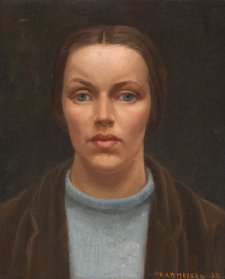
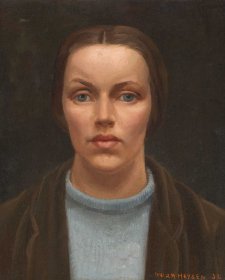
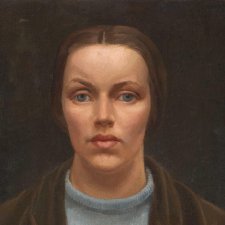
National Portrait Gallery director Karen Quinlan AM nominates her quintet of favourites from the collection, with early twentieth-century ‘selfies’ filling the roster.
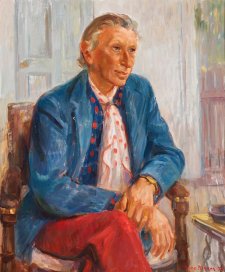
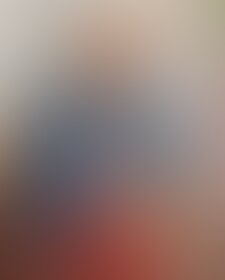
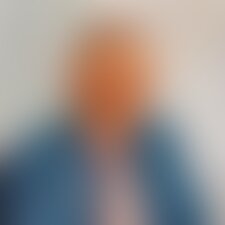
Peter Jeffrey trips the hound nostalgic.